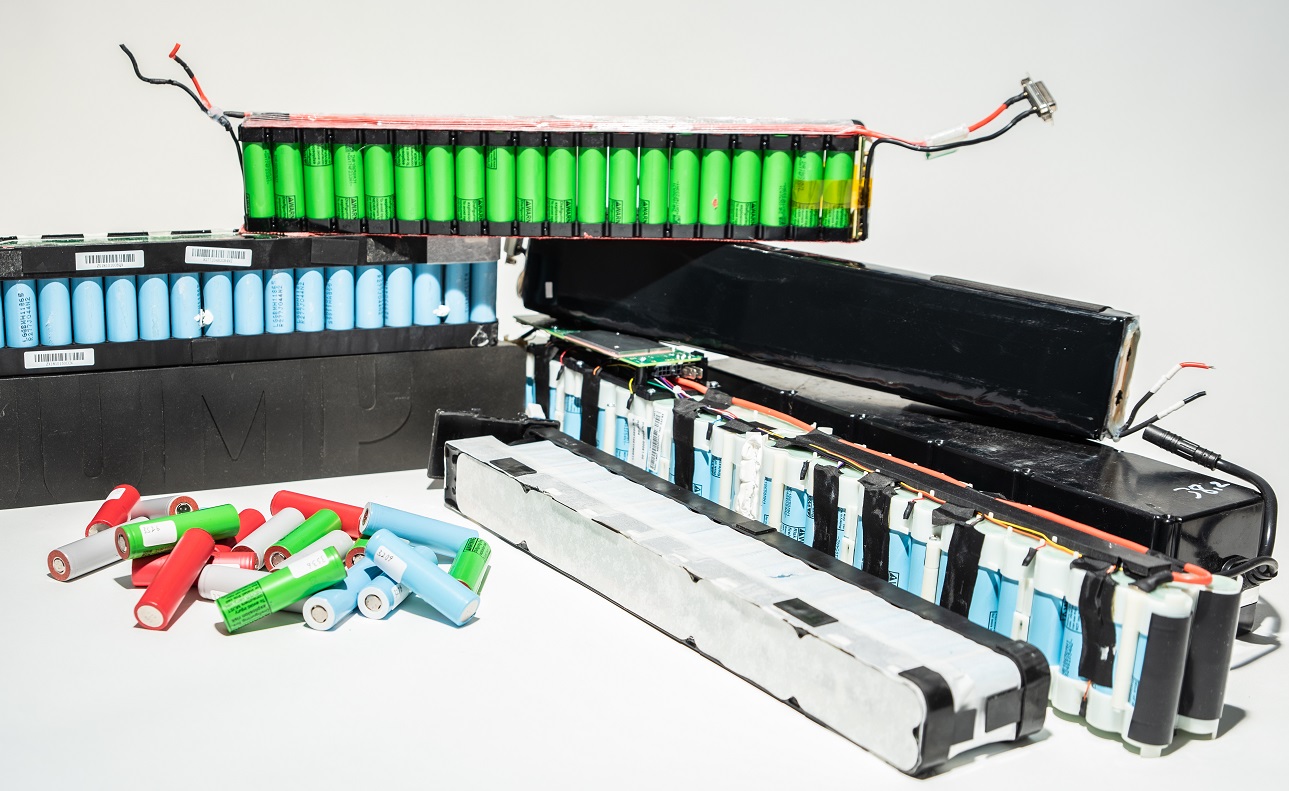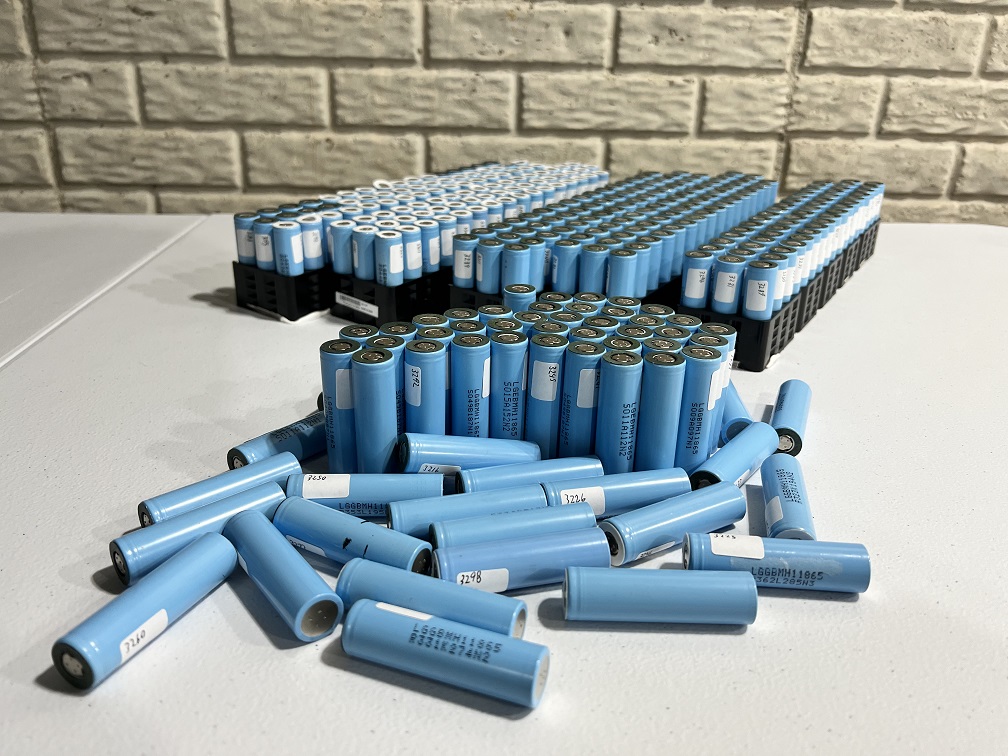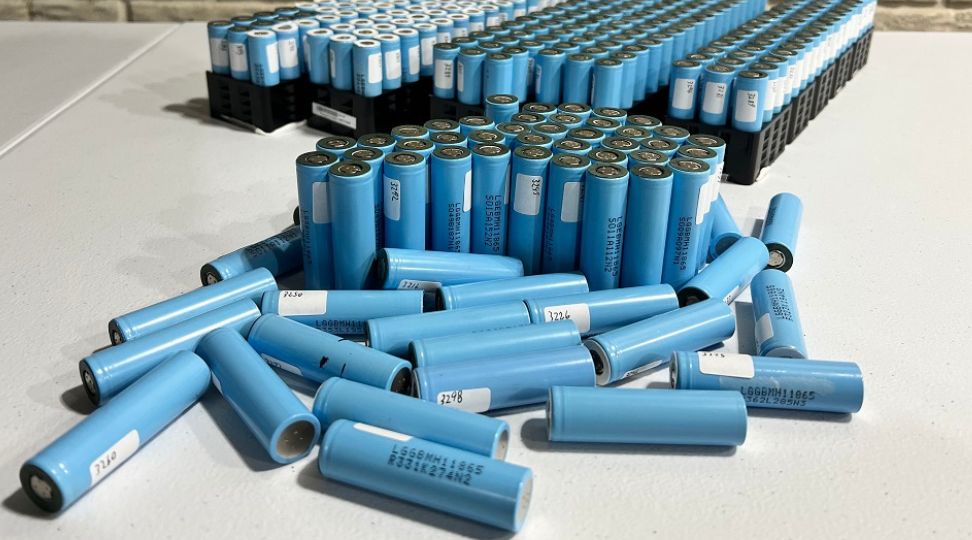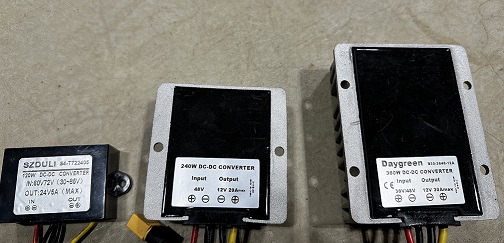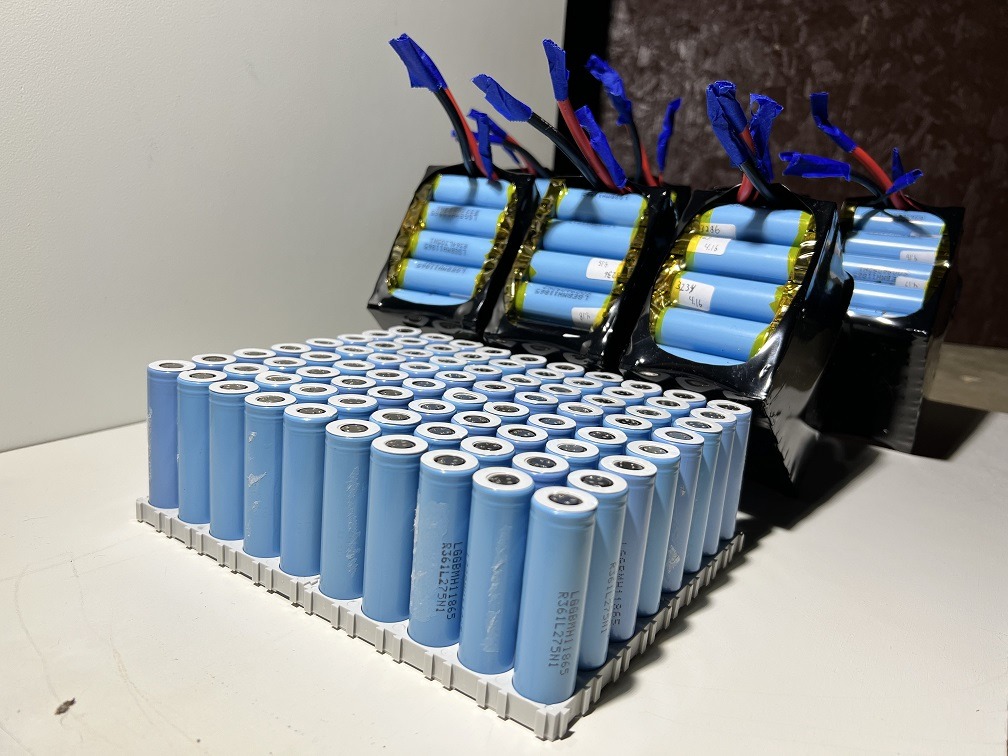
Salvaged Lithium Battery Packs And Cells
Table of Contents
Using salvaged batteries and cells is an excellent way to save money and the environment. Untold amounts of lithium-ion cells are thrown away each and every day. In many cases, the batteries and battery packs that are being thrown away are either perfectly fine or only have a small percentage of battery cells that are actually bad.
These totally healthy cells lay for ages unused in landfills and other places that they are not supposed to until they are non-functional. Using salvaged batteries and cells can not only save those batteries from that fate, but it will also save you money.
If you can get what you need from salvaged batteries and cells, then less stress will be placed on the entire chain. This happens because the use of salvaged batteries and cells negates the need for additional lithium-ion battery production, albeit on a small scale. If proper testing and grading is done, there is nothing wrong with using salvaged cells. The only time you shouldn’t use salvaged cells is when you are building battery packs for people that expect the cells inside their battery to be brand new.
In this article, we will tell you about salvaged lithium-ion cells and we will also explain when they should and should not be used.
Battery Salvaging Basics
A battery cell is made up of a single anode and cathode separated by an electrolyte that is used to produce a current and voltage. A battery can be as simple as a single cell or it can be a complex arrangement of many cells.
Batteries do not have a fixed voltage. You may see a battery listed as being 36 volts or 48 volts, but this is somewhat of a misconception. In the real world, batteries have a discharge curve. When an NMC lithium-ion cell is fully charged it is 4.2 volts. By the time the cell is almost out of energy, its voltage will drop to about 2.5 volts. So, the voltage is always dropping.
If you take note of all of the voltages during a complete discharge of the cell and average them out, you will find that number to be somewhere around 3.7. The 'nominal voltage' model for referring to lithium-ion cells is a way to make it easy to find out if a battery will work in your project, but it will get you in trouble if you are not paying attention.
Also, it’s not very helpful when working on a cell level. If you are working with individual battery cells and building various batteries for electronics projects, then you need to have a clear understanding of the running voltage of the battery cells.
What Can Salvaged Lithium Cells Be Used For?
Anything! Sometimes salvaged lithium cells can be just as good as brand-new cells. So you can pretty much use them in all applications. One thing to consider is that salvaged cells are much cheaper than new cells. In fact, they are sometimes free. This fact makes considering using used vs new lithium cells a viable consideration.
This means that you can use salvaged lithium-ion cells in projects that otherwise would not warrant the cost of lithium-ion batteries.
Is It Dangerous To Use Salvaged Battery Cells?
It can be. Using salvaged cells safely requires an understanding of lithium-ion batteries and how they work. The thing is, you should have that understanding even when working with new cells. If it is your first time breaking down a battery pack we recommend checking out our guide on salvaging lithium-ion battery packs.
The difference is that it's a pretty safe bet to depend on the voltage and current carrying capacity of new cells. Salvaged cells can have an unknown history, so this makes their electrical characteristics equally unknown.
This is why testing is so important when working with salvaged lithium-ion cells. As long as you thoroughly test and grade the salvaged cells, you will have a full understanding of what each cell is capable of. The knowledge of the cell's limits is critical in making sure that you don't go over those limits.
I Can Afford New Cells, Why Use Salvaged ones?
It's always good to recycle! Why buy brand-new items that need to be manufactured again to replace them when you can get the power you need from salvaged cells? If you don't want to do the work, that's fine.
There is an entire economy revolving around the salvaging and testing of lithium-ion battery cells. The result is that there are plenty of places online to find used lithium-ion batteries.
[[ aff type=aff ~ link=https://www.batteryhookup.com/discount/CS5 ~ title=`Battery Hookup` ~ image=https://admin.cellsaviors.com/storage/30q_1024x1024@2x.jpg ~ description=`Battery Hookup offers new and used cells for sale at amazing prices!` ~ height=small ~ buttonText=`5% Off Right Now` ]]
When Should Salvaged Battery Cells Not Be Used?
Salvaged cells should not be used if you are building battery packs and not disclosing that they are built from salvage cells. You should also not use salvaged battery cells when they are beyond an acceptable level of SoH (State of Health).
Salvaged cells can be just as good as new cells. In fact, some salvaged cells are going to have better electrical characteristics than some new cells. But this is only true if the batteries have not been cycled so much that they are no longer able to provide their rated figures.
As long as you either do really good testing or make sure to get your salvaged cells from a trusted source, the only time you should not use salvaged cells is when attempting to sell them as new.
Conclusion
If you are new to electronics or just unfamiliar with batteries, salvaged batteries, and cells can seem dangerous. As long as you do good testing and don’t overstress a cell whether it's salvaged or not, you won't have any problems.
Salvaged lithium-ion battery cells can be used for anything new lithium-ion cells can be used for. As long as you thoroughly test your salvaged cells or buy them from someone who does the testing for you, then you will have the information you need to not overload the cells. With this knowledge along with proper building and using batteries made from salvaged lithium-ion cells, you can avoid overloading the batteries and other issues.
We hope this article helped you learn more about salvaged batteries and cells, thanks for reading!
